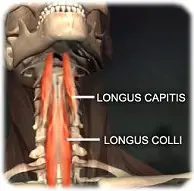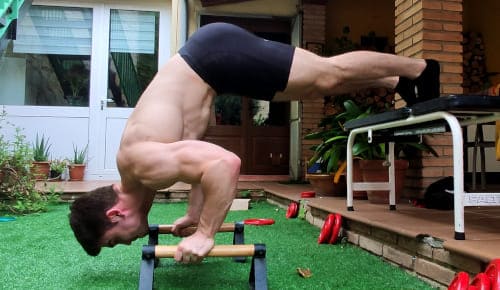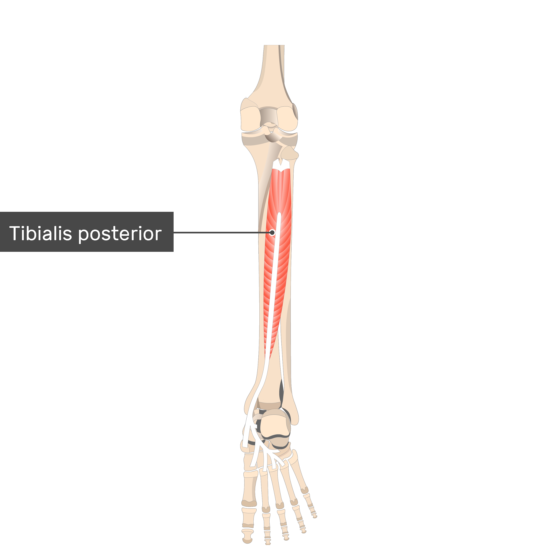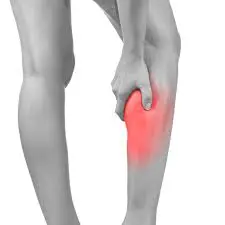Deep Cervical Flexors Muscle
Deep Cervical Flexors Muscle Anatomy
The deep cervical flexor muscles are a group of deep muscles under the scalp along the sides of the neck. Your deep cervical flexors are attached to the occipital bone on the back of your skull, and to the upper cervical spine. The deep cervical flexor muscles are responsible for flexing the neck and head backward. They are a stabilizer for the head and neck.
Deep neck flexor muscles are not particularly obvious to the untrained eye, but they do play an important role in the health of your neck.
They tend to be affected by whiplash and other neck injuries.
The deep neck flexors consist of:
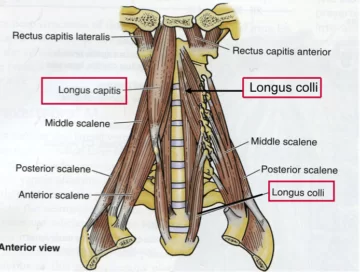
- Longus capitis
- Longus colli (longus cervicis) – 3 portions: superior oblique, inferior oblique, vertical
- Rectus Capitis Anterior
- Rectus Capitis Lateralis

All help you maintain neck stability and good posture.
Your massage therapist, if he is properly trained (preferably clinically) in neuromuscular techniques, may do some intricate work on them to help release tension and restore motion.
Longus Colli – A Key Deep Cervical Flexor
- The longus colli is a deep cervical flexor muscle, which simply means that it’s located close to the spine and that its job is to bend your neck forward.
- The longus colli moves your chin toward your chest. It also turns (rotates) and tilts your head to the side on which the muscle is located. (You have two longus colli muscles, one on either side of your neck.)
- The longus colli spans between the topmost vertebra in the neck, namely the atlas, down to the 3rd thoracic vertebra, which is at the same level as the spine of the scapula in back.
Deep Neck Flexors – Their Role in Posture and Pain:
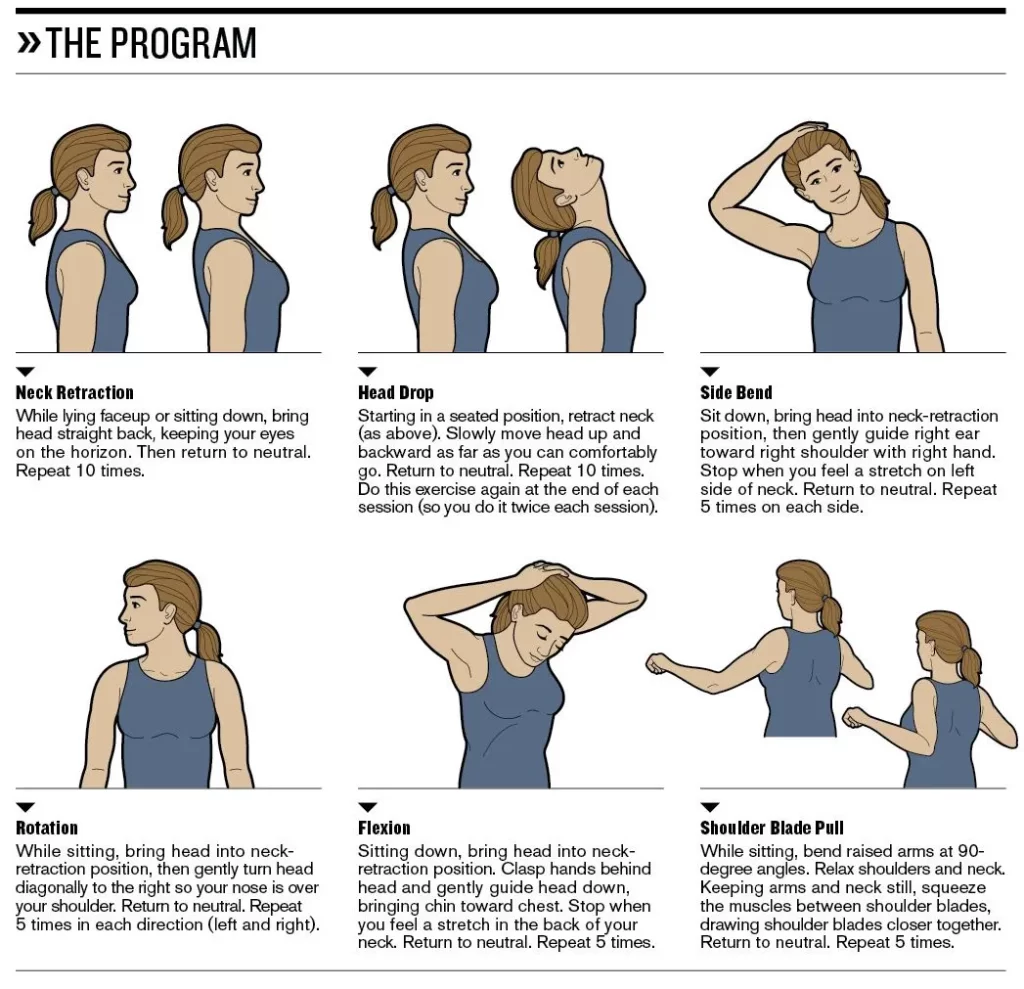
- The role of the longus colli muscle and other deep cervical flexors in chronic neck pain is a complicated one.
- It’s already established that the deep neck flexors tend to fatigue when you have chronic neck pain.
- In this case, you may substitute more superficial neck muscles to move your head forward, for turning or rotating – your body’s way of compensating.
- The deep neck flexors are also easily deactivated when you have a neck condition.
- This is especially true in comparison to the superficially located muscles that perform the same (neck flexion) action.
- A 2016 study found that activating and strengthening the deep cervical flexors can help improve posture in this area, as well as increase functioning and reduce pain and other symptoms over the long term.
- Reduced activity of the deep cervical flexor muscles occurs together with an increase in activity and neuromuscular inefficiency of the superficial muscles even under low load and with non-functional tasks.
- This change in activation can be seen in functional as well as cognitive tasks and is not dependent on the cause or the duration of neck pain.
- Patients with neck pain struggle to relax the superficial neck flexor muscles even after an activity has ceased.
- These changes in muscle function occur soon after the pain started and do not automatically return to normal once the pain resolves.
- Changes in function in the deep cervical muscles has an influence on function as it affects the support and control of the cervical spine and could lead to overload on specific segments.
- Research has shown that both the cervical flexors and extensors loose strength and endurance in the presence of neck pain, and that co-activation ceases especially with functional tasks.
- Superficial cervical muscles will fatigue quicker.
- Endurance is reduced in the cervical muscles for both maximal and low contractions.
- The feed-forward activation is lost – this influences the timing of activation and can be seen when the patient is doing rapid arm movements.
- When a patient without neck pain rapidly lifts his/her arm the cervical muscles will activate within 50ms of deltoid activation, in patients with neck pain there is a significant deficit for both the superficial and deep neck flexors which can result in an increased strain on the cervical spine.
- Muscle atrophy occurs in the cervical muscles of patients with neck pain.
- Fatty infiltration has been identified in the deep flexor and extensor muscles of people with chronic whiplash-associated disorder, but not in chronic insidious-onset neck pain.
- Research suggests that survivors of head and neck cancer with temporomandibular and cervical pain have multiple active trigger points suggestive of peripheral and central sensitization.
Neck Flexor Endurance Test:

- Patient in supine position with knees bent. The patient has to tuck the chin (cranio-cervical flexion).
- The patient then has to lift the head 2.5 cm above the plinth while keeping the chin tuck position.
- This test has good intra-rater reliability when used with patients with neck pain.
- The test was shown to be a reliable tool to measure the rehabilitation progress of a patient with neck pain
- Asymptomatic Men (mean = 25 seconds), asymptomatic women (20 seconds) – (Olson et al. 20016)
- Asymptomatic Men (mean = 63.73 seconds), asymptomatic women (38.43 seconds) – (Olson et al. 20016)
- Male patients with neck pain have a longer neck flexor endurance than females.
- Even though the duration times differ, multiple studies have found that men have a longer hold time than women and that this should be considered when interpreting the test.
REHABILITATION
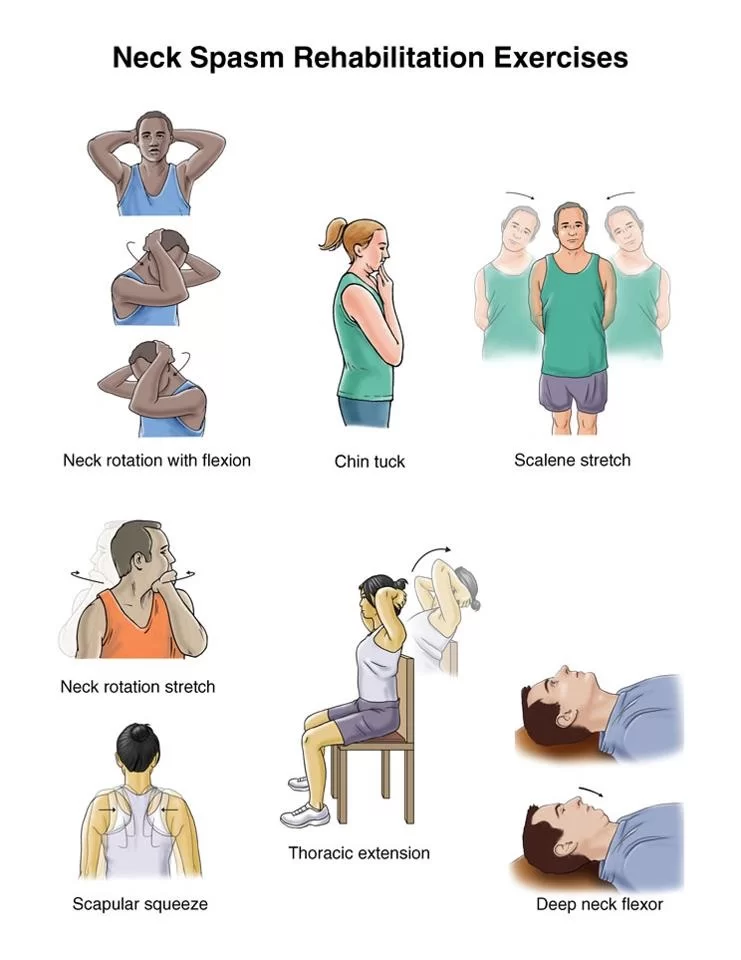
- Muscle performance or muscle strength is “the ability of a muscle to produce force, regardless of the action (isometric vs. anisometric), load (body segment vs. free-weight), or intensity (‘low load’ vs. ‘high load’)”.
- For a muscle to control a body segment it must first have sufficient strength.
- To train muscle performance the muscle has to do a repeated action against some resistance (either the body segment or added weight), around a rotation axis in a single plane.
- This type of training has been shown to improve proprioception of that segment for e.g. when people with neck pain do a controlled head lift exercise.
- Early rehabilitation with patients should be emphasized and an exercise program should include both motor control and general strengthening of the neck muscles.
NECK FLEXORS:
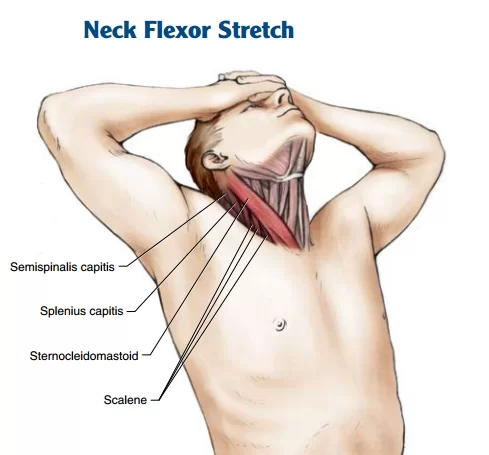
- Deep neck flexor training has been shown to reduce neck pain. The CCF (Cranio-cervical flexion) exercises were compared to passive mobilization with assisted CCF in a study of 18 participants with chronic neck pain that were randomized in 2 intervention groups.
- Both groups showed decrease in pain relief but only the exercise group had improvement in motor function and decreased activation of the superficial neck flexors during the CCFT.
- Endurance and strength training of the DNF muscles of a person with neck pain reduces the perceived neck pain of that patient.
Stage 1
- Cranio-cervical flexion (CCF) motor control should be retrained
- Retrain the correct movement without activating the superficial muscles (the patient can place their hand on the muscles to feel when they contract)
- Train endurance of the deep neck flexors with the use of a pressure biofeedback.
- Progression – work towards 10 repetitions of 10 sec holds at 22, 24, 26, 28, and 30 mmHg, then repeat exercise by doing it with your eyes closed
- Functional training should be incorporated from the start and should be repeated throughout the day.
- The patient should try to “lift the base of their skull off the top of their neck in a neck lengthening maneuver”
Stage 2
- Increase endurance and strength by increasing the load with added gravity during the head lift exercise.
- Patient is sitting with the head against the wall and does the Cranio-cervical flexion movement by sliding the head up the wall, the head is then moved just off the wall and held there for 10 seconds. Progress to 10 repetitions.
- The patient’s hands can be placed on the superficial muscles.
- Progress by moving away from the wall and repeating the exercise
- Progress to doing the exercise in a supine and then in a different body position
- Progress further by adding this movement to functional tasks specific to the individual including combined movements.
FAQ
What muscles perform cervical flexion?
The muscles that perform cervical flexion are primarily the sternocleidomastoid and anterior neck muscles mainly Longus colli, Scalene anterior, Longus capitis, Rectus capitis anterior.
Which muscle flexes the neck?
The muscles of the scalene aid in side bending and neck flexion. The longus capitus and longus colli muscles, which run down the front of the cervical spine, make up the deep cervical flexors. The cervical spine is stabilized and the neck is flexed forward by the deep cervical flexor muscles.
How do you activate deep cervical flexors?
Exercises like neck nods and chin tucks help to stimulate the deep cervical flexors. The key is to draw the chin in without tipping the head forward. These exercises help to maintain cervical spine stability by working muscles such as the longus colli and longus capitis.
What muscle is the prime mover for neck flexion?
The sternocleidomastoid, longus capitis, longus colli, and anterior scalene are among the muscles that perform neck flexion, which is the process of drawing the chin to the chest. However, the sternocleidomastoid muscle is the primary mover and the one that generates the majority of the movement’s force.
What is deep neck flexor test?
Deep Neck Flexor Endurance Test. When evaluating patients who have headaches or neck pain and are suspected of having reduced isolated muscle endurance in their deep neck flexors, the deep neck flexor endurance test can be helpful. Place your patient in a supine hook-laying posture before starting the exam.

